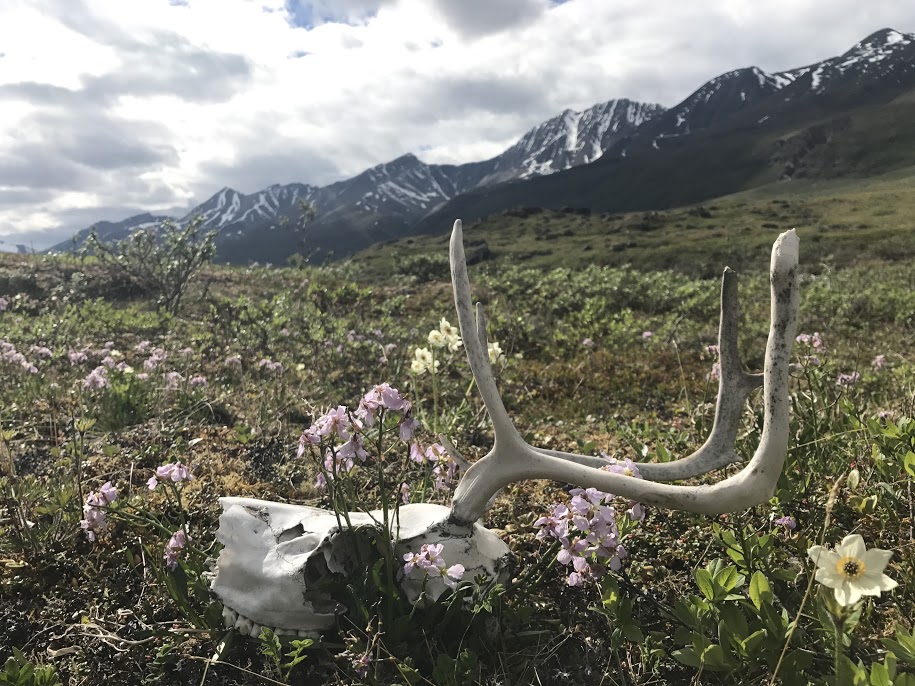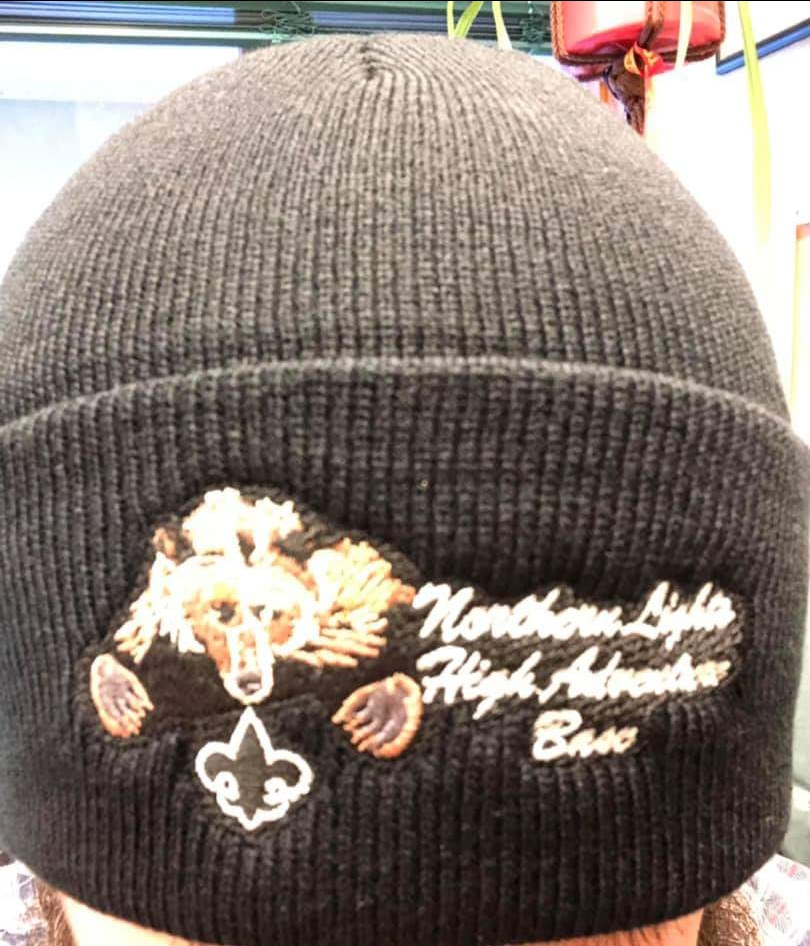Northern Lights High Adventure Programs have an outstanding safety record. The Scouting America and Northern Lights High Adventure emphasize safety through education and strict adherence to established policies and procedures. The safety of your group is dependent upon your attention to these procedures as well as being physically fit, properly equipped and trained for the rigors of remote wilderness treks.
The policies and procedures of NLHA and Scouting America, if followed, will minimize these risks as much as possible. Parents, leaders and participants should be advised that despite our best attempts at risk management, it is not possible to remove ALL risk from a wilderness expedition.
➢ Possible risks include (but are not limited to) motor vehicle accidents; severe weather conditions such as hail, lightning, heat or cold and high winds; forest fires; medical conditions such as heart attack, appendicitis, hypothermia, severe allergies and asthma or diabetes related conditions; insect borne diseases such as the West Nile Virus and Lyme Disease; accidents such as cuts, embedded fish hooks, burns or falls; risks associated with being on large, cold lakes and rivers; and encounters with wildlife.
➢ Medical evacuations and rescue services are coordinated by Northern Lights High Adventure in close coordination with local authorities.
➢ Please carefully read the information the Leaders Guide and share it with your crew(s), leaders, parents and youth. If you have any further questions about risk management, contact Northern Lights High Adventure by phone 907.452.1976 or atThis email address is being protected from spambots. You need JavaScript enabled to view it.


